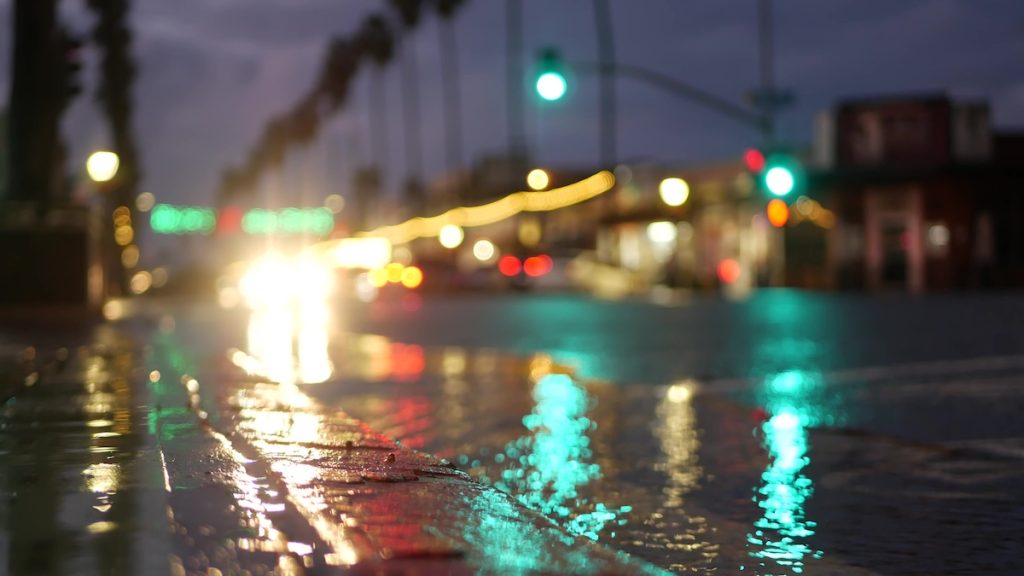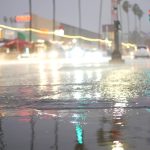San Diego Floods After Rain Storm — What You Need to Know


San Diego floods have spurred local authorities to declare a state of emergency in the region as flood waters recede one day after torrential rains.
On Monday, a Pacific Storm brought unexpected amounts of rain to San Diego County, including as much as 4.5 inches in the seaside community of Point Loma and as much as 5.38 inches in Otay Mountain.
The historic storm dropped torrential rains across San Diego County, causing extensive flooding in many neighborhoods, road closures, and cancelled classes at some local schools, according to the San Diego Union-Tribune.
Some vehicles were even swept away from the floodwaters, and authorities needed to perform several water rescues as stranded residents stood atop of vehicles to try and escape the waters.
A portion of state route 78 between Escondido and Oceanside was also closed due to flooding. Authorities also closed several other roadways and freeways because they were flooded.
As of Tuesday, Jan. 23, it appears that some of the hardest-hit neighborhoods of San Diego include Coronado, Mission Valley, and Mountain View. The South Bay, which includes Chula Vista, was also hit particularly hard by the San Diego floods.
Both the City of San Diego and the County of San Diego have declared local states of emergency, which should allow local authorities to more easily access state and federal funding for disaster relief.
For context, the historic storm on Monday brought more rain to San Diego than Tropical Storm Hilary did back in the summer of 2023. The San Diego floods, in this case, were caused by the rainfall totals happening very quickly.
No deaths have been reported as a result of the San Diego floods as of time of writing.
Media credit: Image licensed from Adobe





